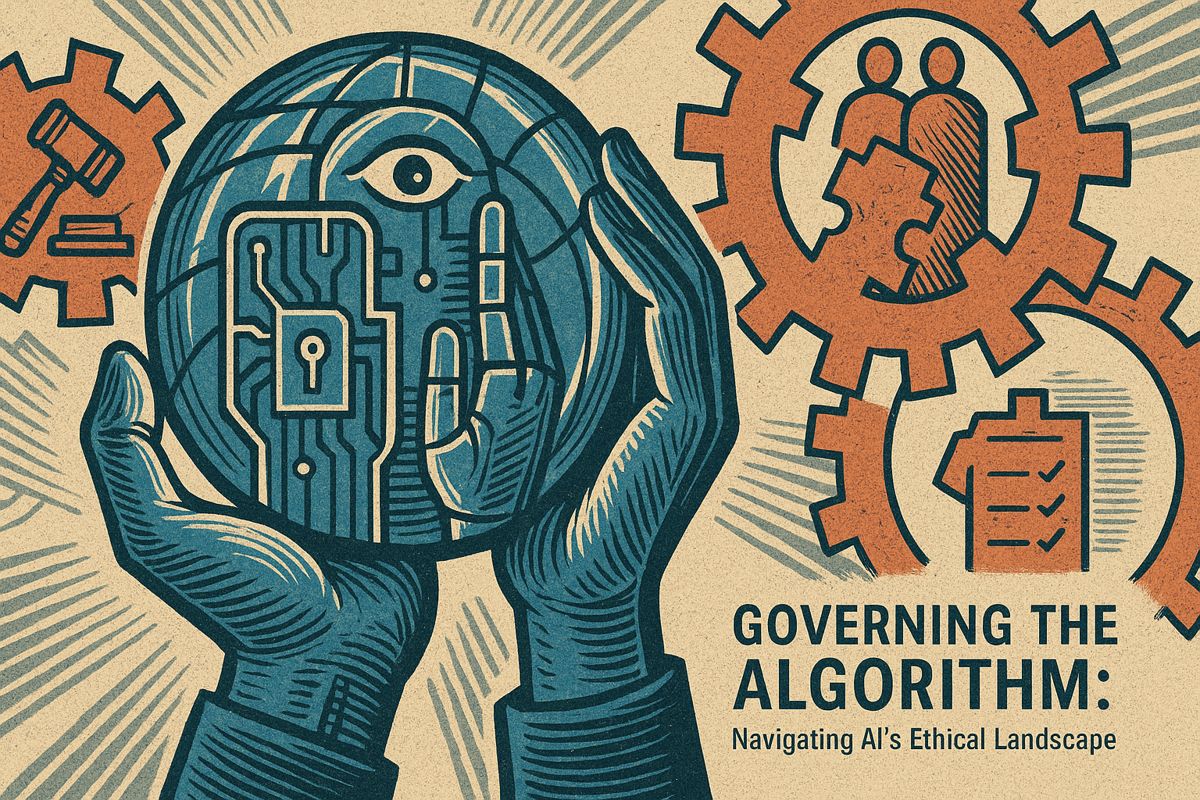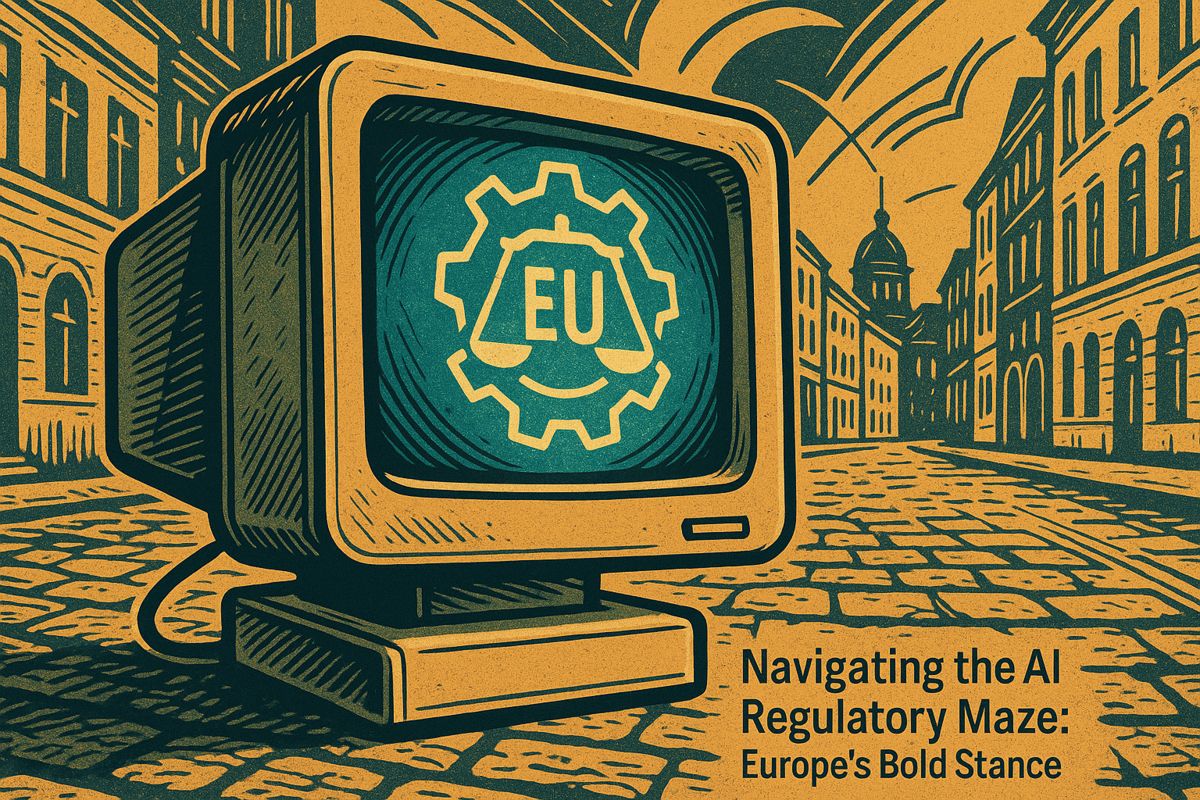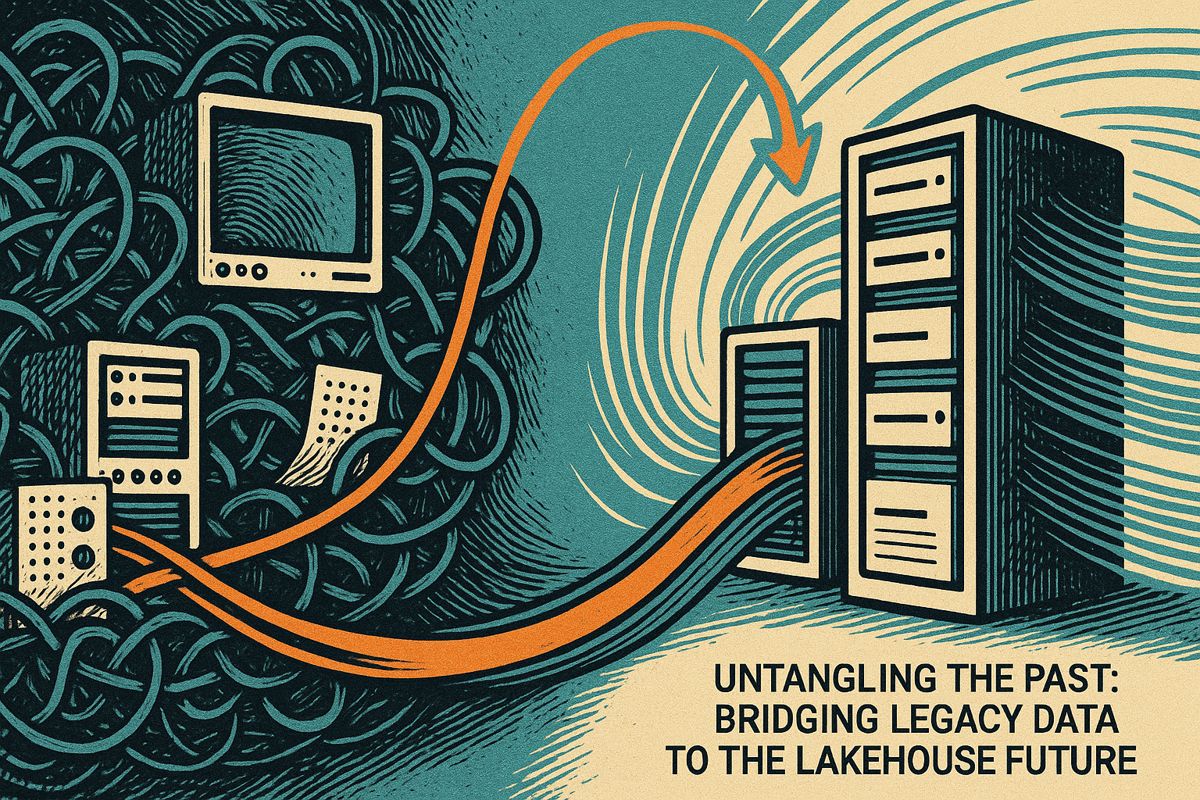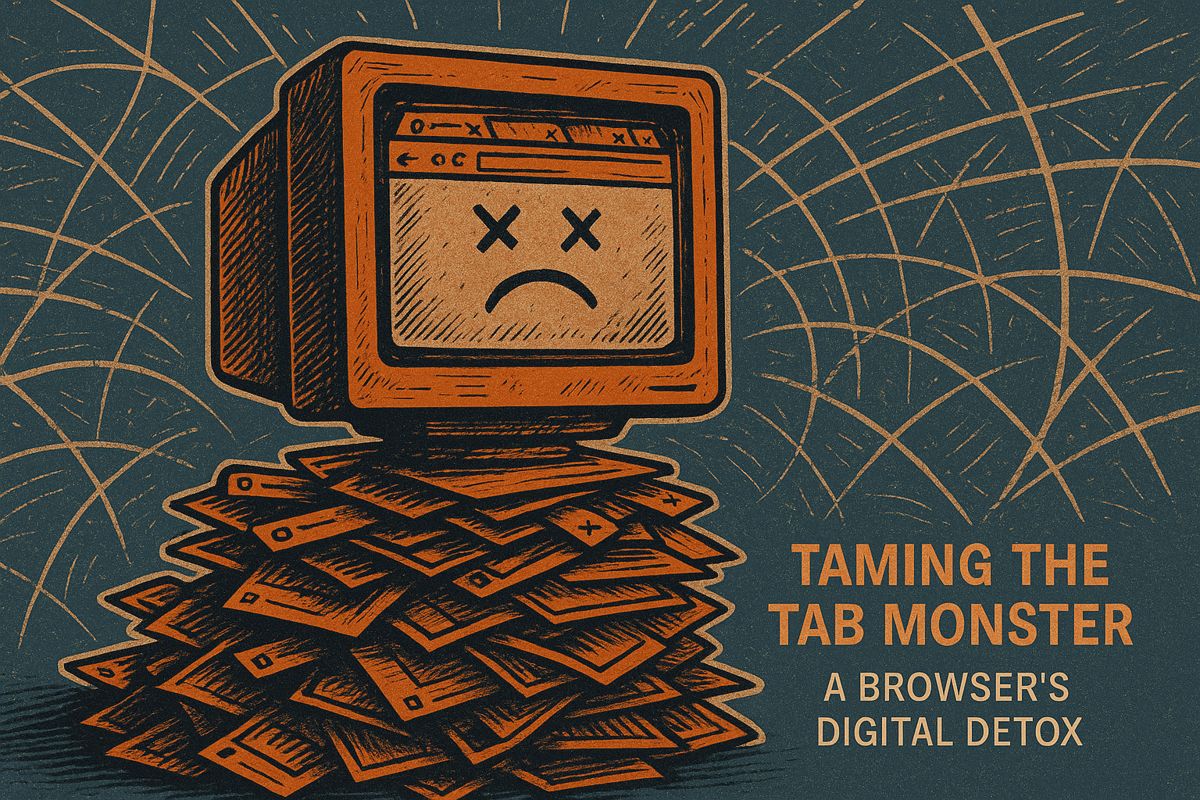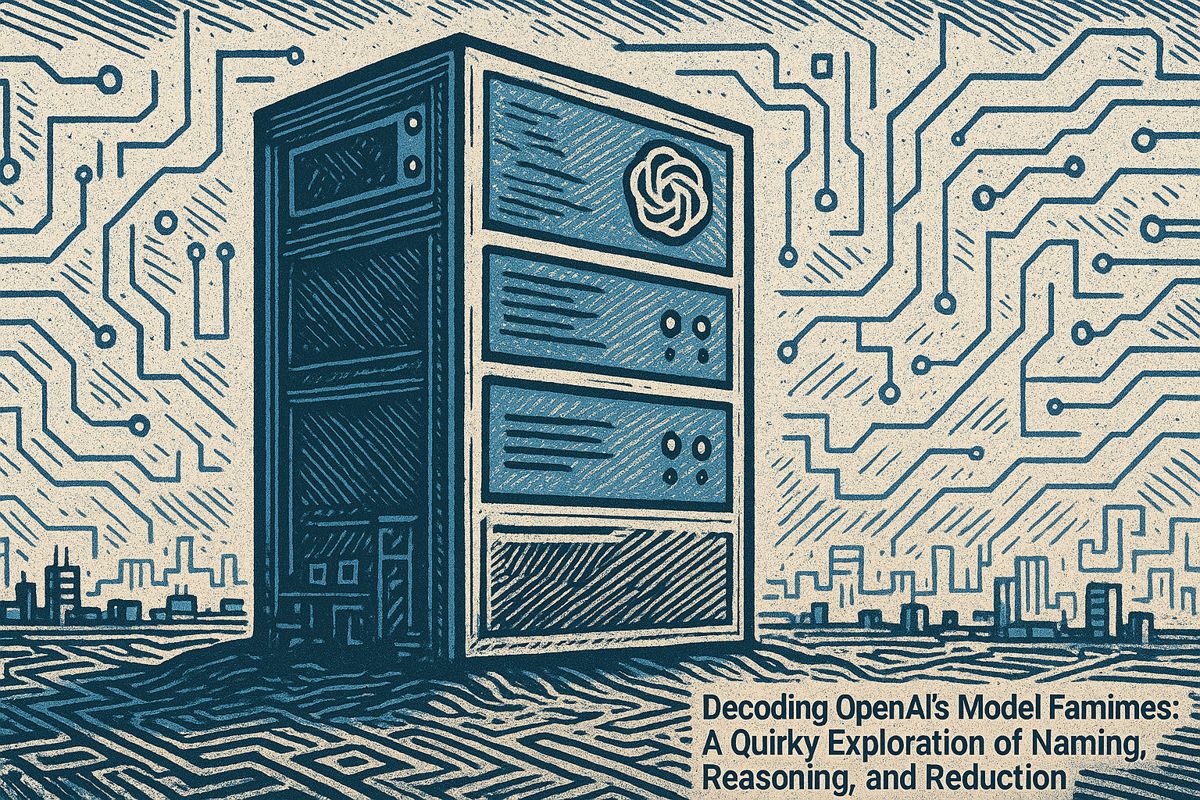Novanta, led by CIO Sarah Betadam, builds trust in AI with a super strong plan. They expertly manage risks, adhere to regulations, and foster cross-functional teamwork. Transparency is key, with clear explanations of AI decision-making and data origins, plus mandatory user consent. This diligent strategy, combined with ongoing training, ensures their AI is secure, equitable, and future-ready.
How does Novanta ensure responsible AI governance?
Novanta, under CIO Sarah Betadam, uses a robust framework for responsible AI governance. They implement strong risk management, adhere to standards like the EU AI Act, and establish cross-functional AI councils. Transparency is key, with documented algorithms, data sourcing, user consent, and regular employee training to maintain ethical and regulatory compliance across all AI initiatives.
I’ll admit, the timing was uncanny. Just a day before, I’d been wading through a deluge of compliance manuals at a client site, acronyms swirling around my brain like gnats at a summer picnic. Then, there it was: Sarah Betadam, Novanta’s CIO, delivering a quietly piercing interview in the CIO Leadership Live series. Her words lingered in my mind, dredging up memories of old projects – especially one early AI system we built for internal insight mining. Can you ever truly draw a bright line between what you can do with AI and what you should? I remember the compliance officer’s stare, the product head’s hopeful sketches. Trust hung in the air, fragile as spun sugar. Not to get too poetic about it, but stories like Sarah’s seem to ripple backwards, echoing our own lessons and mistakes.
Sarah Betadam isn’t just Novanta’s figurehead for digital innovation. Her remit includes AI strategy and, crucially, governance – that ever-tricky blend of risk, ethics, and ambition. I find myself wondering: do other CIOs obsess over regulatory nuance as she does, or is she an outlier in a field more comfortable with dashboards than dilemmas? My own anxiety about getting compliance right never fully leaves. Maybe that’s healthy. Maybe it’s necessary.
The Anatomy of Responsible AI at Novanta
Let’s get specific. Novanta, under Sarah’s leadership, has constructed a formidable framework for AI governance. This isn’t just about waving the flag of responsibility. The company wields risk management frameworks like a conductor with a baton, orchestrating every AI initiative in step with current and emerging standards: the EU AI Act, the U.S. AI Bill of Rights. They’ve built cross-functional AI councils, not as window-dressing, but as vital organs for oversight. I’m reminded of the way Mayo Clinic assembles teams for complex diagnoses – no single expert suffices.
Transparency isn’t just a buzzword here. Novanta documents how their algorithms make decisions, sources their data with the kind of caution usually reserved for IRS accountants, and demands user consent at every step. I can almost smell the static of server rooms where these conversations play out, under the cold glow of fluorescent lights. Betadam insists on regular employee training, keeping everyone – from junior devs to the CEO – sharp on evolving ethical and regulatory expectations. It’s rigorous, yes, but it also feels oddly nurturing, like a gardener pruning for future growth.
Cross-functional governance is more than a pretty phrase. Novanta’s AI councils blend legal, technical, compliance, and business minds, ensuring blind spots are revealed before they become sinkholes. Betadam’s approach has even been cited as a model for responsible AI by industry peers. Nobody’s saying the road is easy. But isn’t real oversight always a little uncomfortable?
Balancing Innovation, Regulation, and Raw Nerves
Here’s where my own skepticism bubbles up. Are most companies really putting this level of intention into their AI rollouts? The more typical model falls somewhere between performative and lackadaisical – lots of lofty statements, few sustained actions. Novanta’s approach stands apart for its humility as much as for its structure. Betadam sees risk management not as a bureaucratic hurdle, but as both shield and compass – guiding innovation while protecting against disaster. That’s no small feat.
The tension between compliance and creativity isn’t just legalese or process charts. It’s psychological. Sarah’s team pilots new AI cases in controlled environments, measuring risk before unleashing them on wider business operations. There’s caution, but it’s calibrated. I feel a flicker of admiration – and maybe, just maybe, a touch of envy? Okay, yes. I do.
Employee training, again, deserves a spotlight. Skipping this step is like baking bread and forgetting the yeast. Novanta’s regular sessions foster a company-wide understanding of both ethical nuance and regulatory flux. It’s not glamorous, but it’s foundational. The kind of thing you only appreciate after you’ve skinned your knees on a compliance audit, which – I’ll admit – I once did.
Trust, Therapy, and the Unseen Hand
So what’s the real takeaway for those of us straddling the fault line between technology and human psychology? The bar for responsible AI couldn’t be higher. Novanta’s model – cross-functional, transparent, relentless in its pursuit of ethical clarity – isn’t optional. It’s essential. Their AI councils may be the last bastion against the entropy of unintended consequences.
I keep thinking about the way responsible AI feels less like a checklist and more like therapy. It’s steady. Sometimes slow. Occasionally uncomfortable. But, like a good therapist, it asks the hard questions. And if I’m being honest, I used to bristle at how much oversight slowed everything down. These days, I see the wisdom. Even if it took a few headaches along the way.
Regulation can be scaffolding, not shackles. When trust is everything, transparency and rigor aren’t just nice-to-haves. They’re oxygen. And that, I suspect, is what makes Novanta’s model – and Sarah Betadam’s leadership – worth a second look.
Oops – nearly forgot the punchline. But isn’t that the thing about real governance? It’s always lurking, ready to catch you when you slip.

